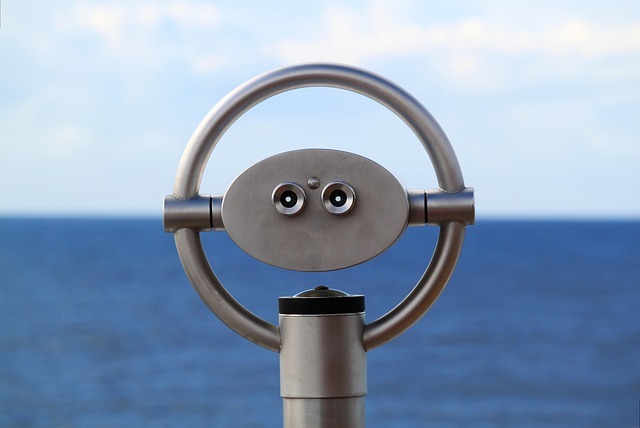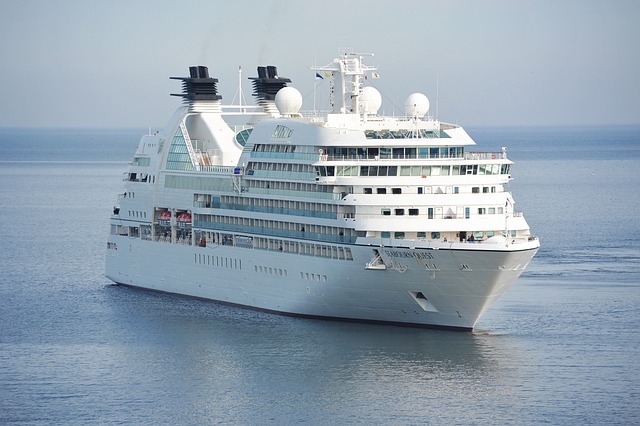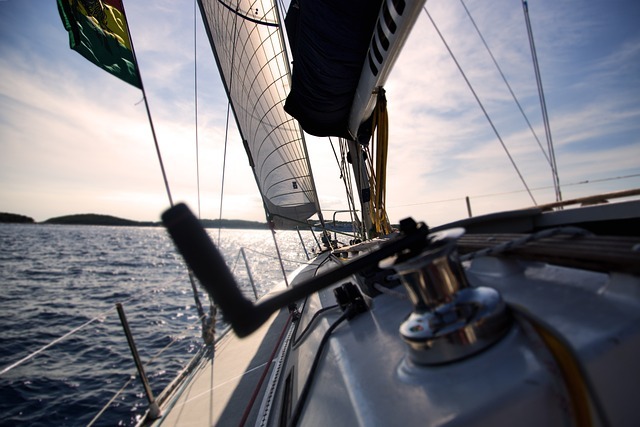The vast and unpredictable nature of the sea has always posed a unique set of challenges and dangers. Preparing for and surviving in emergency situations at sea is not merely advisable; it’s a crucial aspect of maritime safety. The statistics speak volumes: according to the International Maritime Organization (IMO), there were over 300 reported ship accidents leading to serious casualties or total losses in 2020 alone. This number, while significant, could have been drastically reduced with proper preparation and adherence to safety protocols.
Navigating the ocean’s ever-changing conditions requires not just skill and experience, but also a comprehensive understanding of safety measures and survival strategies. The unpredictable weather, potential for equipment failure, and the possibility of health emergencies make the sea an environment where preparedness is not just a precaution, it’s a lifeline.
Here we will explore the essential steps to prepare for and survive in emergency situations at sea.
Let’s start…
Pre-Departure Preparations
Training and Education
The foundation of maritime safety begins long before setting foot on a vessel. Engaging in basic seamanship courses is critical. Individuals who have completed boating safety courses are significantly less likely to be involved in maritime accidents. In addition, First Aid and CPR training, equip individuals to handle medical emergencies at sea. Survival training, emphasizing skills like swimming and life raft usage, further prepares seafarers for unforeseen events.
Safety Equipment Checklist
A comprehensive safety equipment checklist is vital. Emergency Position Indicating Radio Beacons (EPIRBs) are crucial for location detection during rescues, as they have led to the successful rescue of numerous people in distress, as reported by the International Maritime Rescue Federation (IMRF). Additionally, visual signaling devices like flares and signal mirrors are essential for attracting rescuers’ attention, especially in low-visibility conditions.
Vessel Safety Inspection
Regular vessel safety inspections can significantly reduce the risk of emergencies. This includes checking the integrity of the hull, ensuring the reliability of the engine and fuel system, and verifying the functionality of communication equipment, such as VHF radios and satellite phones.
Route Planning and Weather Forecasting
Effective route planning and weather forecasting are essential for safe maritime navigation. Understanding sea charts and navigation tools helps in plotting a safe course. Additionally, staying informed about weather patterns and sea conditions is crucial.
Emergency Situations and Response
Man Overboard
In a man-overboard situation, immediate action is crucial. Quick deployment of lifebuoys and initiation of the MOB (man overboard) procedure are vital. Additionally, hypothermia prevention and treatment are critical, as the World Health Organization reports that survival time in cold water can be significantly limited due to hypothermia.
Vessel Capsizing or Sinking
In the event of a vessel capsizing or sinking, evacuation procedures become a matter of life and death. Crew and passengers should be familiar with the location and operation of these life-saving equipment. The use of life rafts, as demonstrated in numerous survival stories, can be the defining factor between life and death.
Fire Onboard
Fire onboard a vessel is a serious emergency. Fire prevention measures include regular electrical system checks and safe cooking practices. In case of a fire, the use of onboard fire fighting equipment, such as fire extinguishers and fire blankets is crucial. Quick and efficient action can prevent a small fire from turning into a catastrophic event.
Navigational Mishaps
Navigational mishaps, such as losing power or equipment failure, are common at sea. The ability to navigate without electronic aids, using traditional methods like celestial navigation, can be invaluable.
Survival Strategies at Sea
Water Collection and Rationing
Securing a supply of fresh water is paramount in a survival scenario. The collection of rainwater, using any available clean and non-porous surfaces, is a practical method. The World Health Organization emphasizes the importance of water rationing, especially when the duration of the survival situation is unknown. Drinking water should be conserved judiciously, and seafarers should be aware of the symptoms and prevention methods for dehydration.
Food Procurement
In extended survival situations, sourcing food becomes essential. Fishing is often the most viable option, and knowledge of basic fishing techniques and the use of improvised fishing gear can prove invaluable. Identifying edible sea life, such as certain types of seaweed and shellfish, is also beneficial. It’s important to note the Food and Agriculture Organization’s guidelines on the consumption of raw fish and sea life to avoid foodborne illnesses.
Health and First Aid
Managing injuries and illness while at sea is challenging. Basic first aid knowledge, including the treatment of wounds, fractures, and exposure to harsh weather conditions, is essential. The International Red Cross and Red Crescent Movement offer guidelines for administering first aid in remote and challenging environments like the sea. Protection from the elements, such as sun exposure and cold, is also crucial in a survival scenario.
Rescue and Recovery
Signaling for Help
In a rescue situation, being visible and detectable is crucial. The use of flares, which the International Maritime Organization mandates for all seagoing vessels, is one of the most effective ways to signal for help. Mirrors and EPIRBs (Emergency Position Indicating Radio Beacons) are also essential. The effectiveness of EPIRBs in facilitating rescues is well-documented, with the International Maritime Rescue Federation (IMRF) reporting numerous instances where EPIRB signals have led to successful rescues.
Interacting with Rescuers
Once rescuers are in sight, understanding how to interact with them is vital. The International Aeronautical and Maritime Search and Rescue (IAMSAR) Manual provides guidelines on how to prepare for different types of rescue operations, including helicopter or boat rescues. It’s important to follow the instructions of the rescue team carefully and be prepared for possible challenges, such as being hoisted into a helicopter or transferred onto a rescue boat.
Psychological Aspects of Survival
Maintaining a positive mindset and the will to survive are integral during the wait for rescue. The psychological strain of a survival situation can be profound. Survivors who remain mentally resilient and focused on survival tasks tend to cope better with the challenges of being stranded at sea. Keeping morale high and avoiding panic are as crucial as any physical survival technique.
Conclusion
Navigating through the unpredictable nature of the sea demands not only skill and courage but also a comprehensive understanding of safety and survival strategies. From the meticulous preparations before departure to the effective management of emergencies and survival tactics at sea, every step plays a crucial role in ensuring the safety of those aboard.
This guide has underscored the importance of pre-departure preparations, including training, safety equipment checks, and vessel inspections. We have delved into the critical on-board safety measures, emergency responses for various scenarios, and survival strategies when stranded at sea. Above all, the psychological resilience required in these situations cannot be overstated.
The sea, with all its beauty and majesty, is an unforgiving environment. Continuous education and adherence to safety protocols are essential. The practices and guidelines discussed here are a foundation upon which individual experience and institutional training can build.




